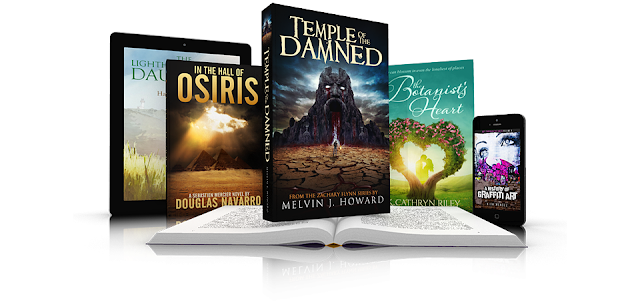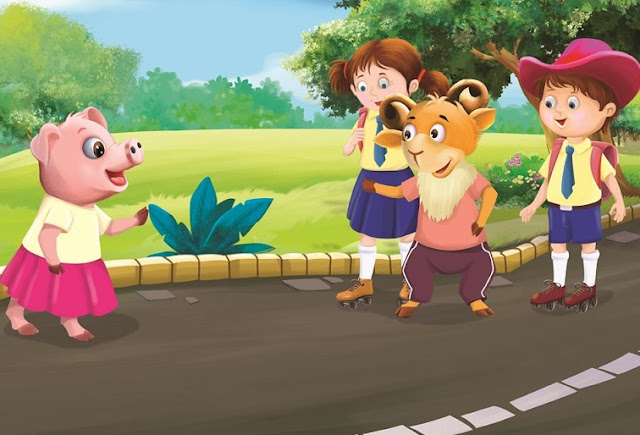In the enchanting realm of literature, the power of visuals can never be underestimated. A beautifully crafted illustration has the ability to transport readers into the heart of a narrative, capturing the essence of a story with a single glance. At BlueberryIllustrations.com, we understand the significance of visual storytelling, and our Black and White Book Illustrations service is tailored to bring your words to life with timeless elegance.
https://blueberryillustrations.com/style_category/black-white/
Unveiling the Artistry:
Our team of skilled illustrators at BlueberryIllustrations.com possesses a passion for transforming narratives into captivating visual experiences. With a keen eye for detail and a commitment to excellence, our artists specialize in the art of black and white book illustrations. This classic and sophisticated style not only complements a wide range of genres but also adds a touch of nostalgia and charm to your literary work.
Key Features of Our Black and White Book Illustrations Service:
Versatility: Whether you're crafting a whimsical children's story, a gripping mystery, or a thought-provoking novel, our artists adeptly adapt their style to suit the unique tone and atmosphere of your narrative. We believe in creating illustrations that seamlessly integrate with the spirit of your story.
Timeless Appeal: Black and white illustrations possess a timeless quality that transcends trends and fads. This classic aesthetic ensures that your book remains visually appealing to readers across generations, standing the test of time and leaving a lasting impression.
Emotional Resonance: Our artists specialize in capturing the emotional nuances of your characters and plot. Through skillful shading and nuanced linework, we breathe life into the pages, allowing readers to connect with the characters on a deeper level.
Customization: We understand that every story is unique, and our illustrators work closely with authors to ensure that the illustrations align seamlessly with the author's vision. From character designs to key scenes, we offer a personalized touch to make your book truly one-of-a-kind.
Professionalism: At BlueberryIllustrations.com, we take pride in our professionalism and commitment to deadlines. Our streamlined process ensures efficient communication and timely delivery of high-quality illustrations, allowing authors to focus on their craft while we enhance the visual appeal of their work.
Conclusion:
Elevate your storytelling to new heights with the Black and White Book Illustrations service from BlueberryIllustrations.com. Our team is dedicated to infusing your narrative with the timeless charm and emotional depth that only expertly crafted illustrations can provide. Immerse your readers in a visual journey that complements your words and transforms your book into a work of art. Explore the possibilities of black and white illustrations with us and let your story shine.







